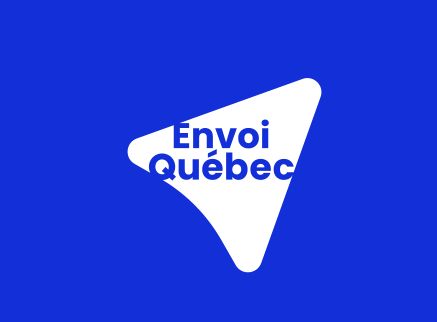
Retail
12 July 2024
Tips to help you negotiate your commercial lease
Whether you're already a tenant of commercial space in Montreal or actively seeking a location for your retail business, it's highly likely that you've either already signed or will soon sign a commercial lease. This contract outlines the rights and obligations of both the tenant and the landlord, thereby framing the relationship between the two parties.










